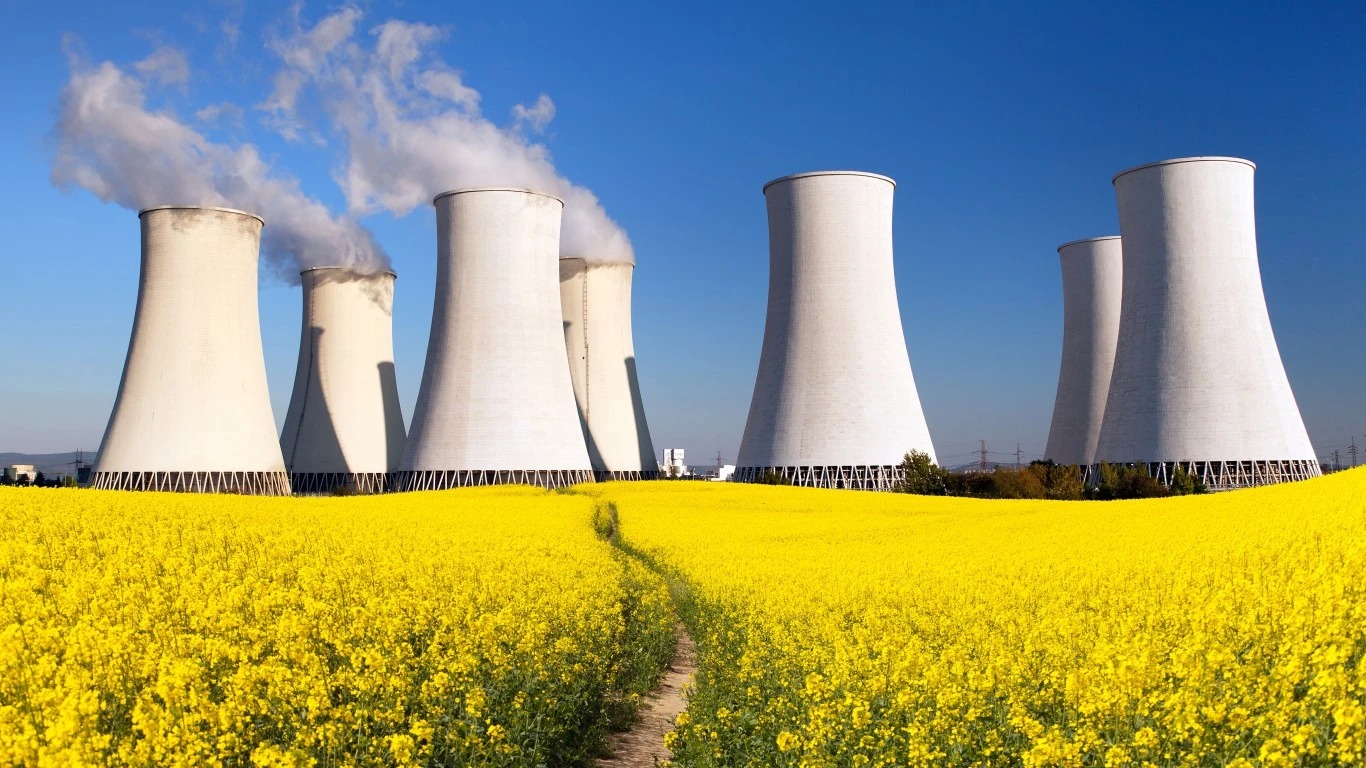
Since the 1950s, heat generated by controlled nuclear processes has been harnessed to power turbines that create electrical power. Today, dozens of countries rely on nuclear power as a source of sustainable energy. Radiological materials have also been used in medicine, for diagnosis and treatment of diseases. Other industries have been using radiological isotopes as well.
The downside is, of course, that irradiated materials like Iodine-131, cesium-137, and cobalt-60, are incredibly dangerous. Unlike in the fantasy worlds of superheros, radiation exposure does not turn people into Spider-Man, the Hulk, or the Fantastic Four but rather causes significant burns and several types of cancer. A person with acute radiation syndrome can die within weeks or months.
Radiation that escapes into the environment, as it did at the Chernobyl nuclear plant accident in April 1986, is harmful for thousands of years into the future.
Furthermore, the toxic waste generated by spent nuclear fuel requires long-term storage and management. Though advances have been made in recycling and maximizing the use of radioactive fuel rods, the U.S. alone generates about 2,000 metric tons of spent nuclear fuel annually that has to go somewhere. For most people, that “somewhere” is “not in my backyard,” which makes finding places to store nuclear waste challenging. (See if the U.S. is also the country with the most nuclear weapons.)
Meanwhile, the number of countries with nuclear power plants is increasing. Belarus and the United Arab Emirates are the most recent members of this global nuclear power club. These countries have agreed to track incidents at their nuclear plants and in other industries that use radiological materials, from medical imaging to materials testing (i.e. industrial radiography).
To find how many radiological incidents and mishaps happened in countries with nuclear power reactors, 24/7 Wall St. reviewed Amsterdam-based LAKA (LAndelijk Kernenergie Archief – National Nuclear Energy Archive) archives, which list all nuclear and radiology-related mishaps since 1990 as reported each year by the International Atomic Energy Agency. From the IAEA’s Power Reactor Information System database, last updated on Dec. 11, 2022, we added the number of nuclear reactors in each country.
These countries have reported at least 921 nuclear and radiological mishaps over the past 32 years, led by the United States, France, and India. Most of these incidents rank low on the seven-level rating system of the International Nuclear Event Scale, or INES, which ranks such mishaps based on numerous factors, including whether the incident overexposed workers or member of the public; whether or not the radiological spill was contained within a facility; and whether the incident signified a breach of adequate safety protocol.
INES level 0 has no safety significance, 1 is considered an anomaly, while levels 2 and 3 are considered incidents. Levels 4 and above are categorized as accidents. Chernobyl and Fukushima were both level 7 major accidents. Radioactive leaks are measured by the number of curies, a unit of radioactivity named after the Polish-French nuclear pioneer Marie Curie. (These two events are the world’s worst nuclear accidents.)
Click here to see major nuclear power mishaps in 35 countries since 1990.





